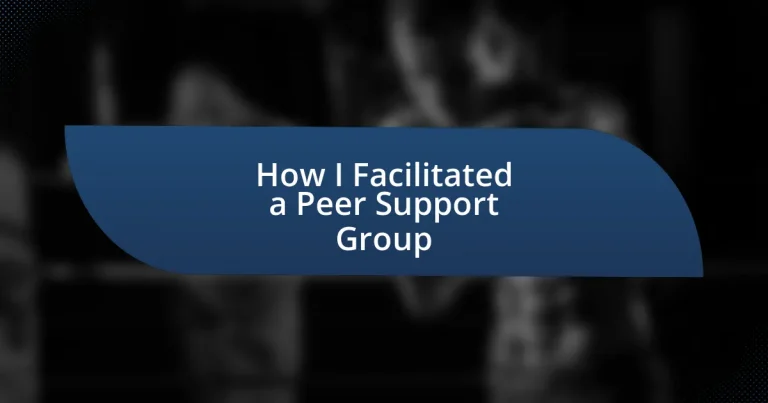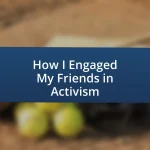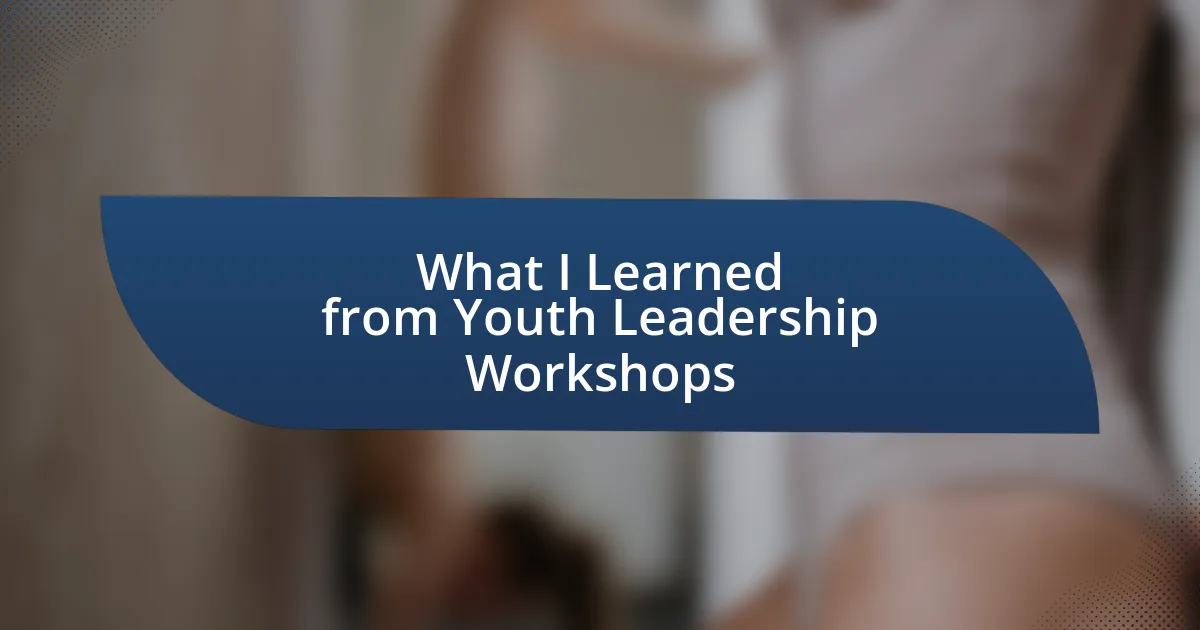Key takeaways:
- Peer support groups emphasize mutual aid, creating a safe space for sharing experiences and fostering connections.
- Establishing guidelines collaboratively enhances trust and investment among members, promoting a sense of belonging.
- Facilitating sessions requires balancing empathy and leadership, with attention to group dynamics and the encouragement of open communication.
- Evaluating group effectiveness entails considering member feedback and non-verbal cues to continuously improve the support environment.
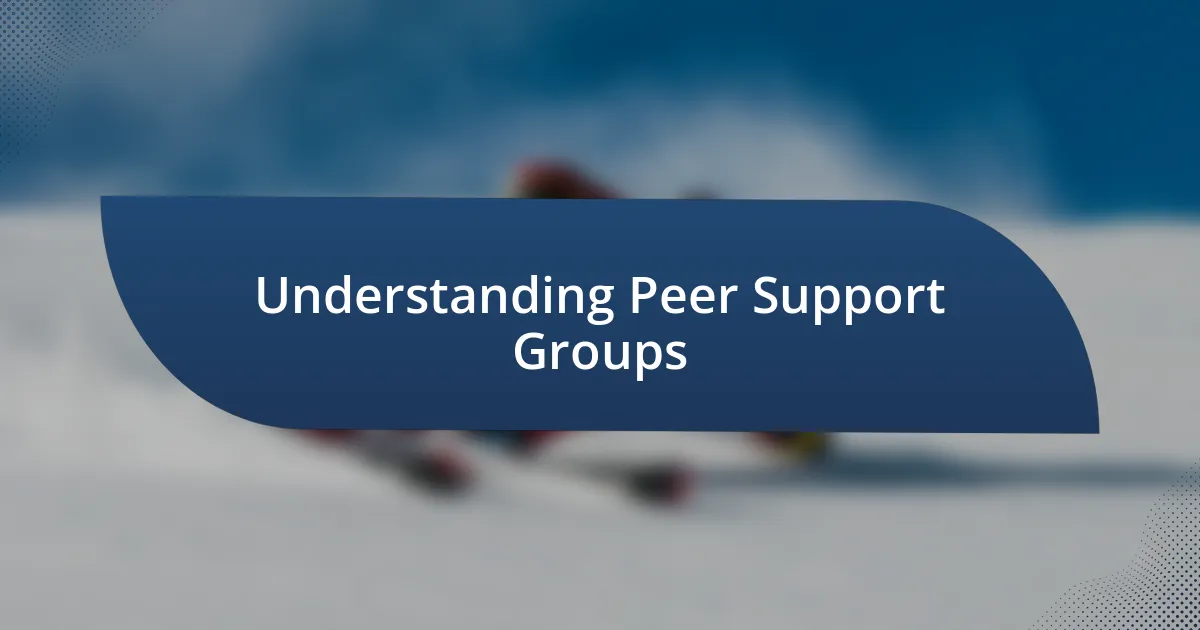
Understanding Peer Support Groups
Peer support groups are a powerhouse of understanding and connection. They offer participants a chance to share experiences and feelings in a safe environment. I remember my first session, where hearing someone else articulate my struggles was like a light bulb turning on; it struck me how powerful community can be in healing and growth.
These groups thrive on the principle of mutual aid, where members support each other through shared experiences rather than conventional therapy. I often found myself reflecting on how intuitive it felt; connecting with others who truly understand your journey can be incredibly reassuring. Isn’t it comforting to realize you’re not alone in your struggles?
In essence, peer support groups foster a sense of belonging and empowerment. They create spaces where vulnerability is welcomed, and people can express their feelings without judgment. I think back to moments of shared laughter and tears in our circle, which transformed a group of strangers into a family united by empathy and hope. Isn’t that what we all seek—to be seen and heard in our most authentic selves?
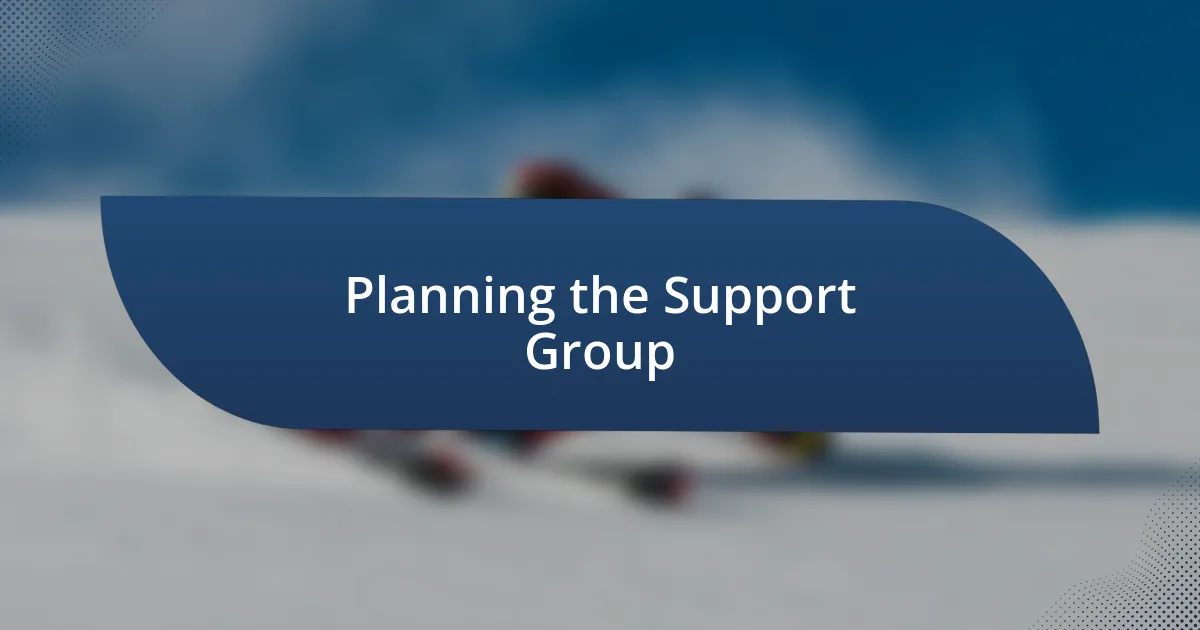
Planning the Support Group
When planning a peer support group, the first step is defining the group’s purpose and goals. I remember brainstorming sessions that often led to exciting discussions about what we wanted to achieve together. It was crucial to ensure everyone was on the same page, as this clarity would guide our discussions and activities moving forward.
Next, I realized it was important to choose a safe, welcoming environment for our meetings. I once attended a group in a sterile office space, which felt uncomfortable and detached. In contrast, when we gathered in a cozy community center room with warm lighting and soft chairs, the atmosphere was inviting and conducive to open sharing. The physical space can significantly influence how people connect.
Furthermore, logistics such as scheduling and promoting the group deserve careful attention. I remember when we first launched, many potential participants found out through word of mouth. However, I learned the value of using social media and local community boards to spread the word effectively. Engaging potential members before the first meeting helped build anticipation and created a sense of belonging right from the start.
| Planning Element | Key Insights |
|---|---|
| Purpose and Goals | Clarity guides discussions. |
| Meeting Environment | A welcoming space fosters openness. |
| Logistics | Promoting through multiple channels boosts participation. |

Establishing Group Guidelines
Establishing guidelines for the peer support group was one of the most pivotal moments for creating a safe space. I remember sitting around the table with my fellow members, hashing out what values we wanted to uphold. It felt empowering; we were collectively drafting the rules that would shape our interactions. This collaborative approach not only fostered a sense of ownership but also helped everyone feel invested in the group’s ethos.
Here are some key guidelines we established together:
- Confidentiality: What’s shared in the group stays in the group.
- Respectful Listening: Each person’s experience is valid and should be honored.
- No Interruptions: Allow everyone to finish their thoughts without interruption.
- Encourage Participation: Everyone is invited to share, but no one is pressured to speak.
- Constructive Feedback: Support should be offered in the spirit of kindness, not judgment.
Setting these guidelines didn’t just create a framework; it cultivated trust among us. I still recall the warmth that washed over the room as we finalized our guidelines, reinforcing our commitment to personal growth and support. It was a moment of connection that laid the foundation for meaningful discussions in the future.

Promoting Open Communication
Promoting open communication was essential for ensuring that each group member felt free to express their thoughts and feelings without fear of judgment. I vividly remember one session when a member hesitantly shared a deeply personal story. The atmosphere was thick with emotion, yet everyone remained completely silent, offering their full attention. This taught me that sometimes, the most powerful things we can offer one another are our ears and presence.
I learned that asking open-ended questions can ignite conversations. During our meetings, I frequently encouraged members to elaborate on their feelings by using prompts like, “How did that experience affect you?” or “What did you learn from that situation?” I was often amazed at how this simple technique allowed individuals to unlock profound insights about their own experiences, fostering deeper connections within the group.
Creating an environment where members felt comfortable to share wasn’t always easy; it required continuous effort and sensitivity. For instance, when someone would appear hesitant, I would share a piece of my own story, aiming to normalize vulnerability. This often sparked a cascade of sharing—like watching a dam break. I would often think, how could I create a space that felt as safe as a trusted friend’s living room? By encouraging openness, we collectively celebrated our journeys, amplifying the group’s sense of unity and support.

Facilitating Group Sessions
Facilitating group sessions requires an intentional balance of leadership and empathy. I recall a particular meeting where the energy felt off; attendees seemed distant and disengaged. In that moment, I took a step back and asked, “What’s on your minds today? What’s preventing you from connecting?” Instantly, the atmosphere shifted, and one member opened up about feeling overwhelmed outside of the group, prompting others to share similar struggles. This lively exchange reminded me how crucial it is to read the room and encourage authentic dialogue.
Sometimes, humor and lightness can be disarming. I remember a session that began with everyone feeling heavy-hearted after a tough week. In a bid to ease the tension, I started the meeting by sharing a funny mishap from my own life. Laughter erupted, breaking down barriers and creating a more relaxed space. This taught me that humor can be a powerful tool in facilitating connection and invites members to engage more fully as their authentic selves.
It’s essential to recognize and validate each member’s contribution. I often emphasize how every voice matters, as I remember the first time I shared my thoughts in a group—it was nerve-wracking yet liberating. I found that acknowledging even small contributions can motivate more reserved members to participate. By fostering an environment where everyone feels valued, we lay a solid foundation for richer conversations and deeper connections. The question remains: how do we continue nurturing such an inclusive atmosphere? It’s an ongoing journey that requires awareness and adaptability from all of us.

Encouraging Member Participation
Encouraging participation in a peer support group often comes down to creating a safe space for everyone. In one meeting, I noticed a shy member who rarely spoke. I gently invited her to share her thoughts, saying, “Your perspective is valuable; we’re eager to hear from you.” The moment she spoke, the group leaned in, visibly interested. It reminded me of the power of patience and the impact of a single encouraging prompt.
I’ve found that incorporating small group discussions can spark enthusiasm. During one session, I broke the larger group into pairs, allowing for intimate conversations. Watching the members visibly relax as they exchanged stories was enlightening. It was a revelation to see how one-on-one communication can ignite confidence, making it easier for everyone to rejoin the larger group conversation afterward.
Lastly, humor often plays an unexpected role in encouraging participation. I once used an icebreaker where each member had to share an embarrassing moment in a light-hearted way. It not only brought laughter but also created an atmosphere of camaraderie. Isn’t it fascinating how shared laughter can dissolve walls and lead to deeper connections? By blending fun with structure, I learned that participation thrives when members feel they can both contribute and enjoy the process.

Evaluating Group Effectiveness
Evaluating the effectiveness of a peer support group involves paying close attention to both the dynamics within the group and the outcomes experienced by its members. I remember a session where we took a moment to check in with everyone. We asked open-ended questions like, “How has being part of this group impacted your journey?” The responses were illuminating. Some members shared profound transformations, while others highlighted simple but significant moments of connection that made them feel less isolated.
I’ve also found it valuable to use feedback forms after each meeting. During one of our evaluations, I was surprised to see how many members appreciated the structure we provided but craved more time for personal sharing. It hit me that sometimes, we think we’re meeting all the needs when, in reality, there’s room for improvement. This honest insight encouraged me to adjust our agenda, ultimately leading to richer conversations and deeper connections. How often do we assume we know what our peers need without asking them directly?
Lastly, I emphasize the importance of observing non-verbal cues during meetings. I recall a member who, despite contributing verbally, often sat with crossed arms and averted eyes. This sparked a realization for me: effectiveness isn’t just about what’s said but also about how people truly feel while they’re engaging. It made me wonder, are we truly creating that inclusive atmosphere we aim for, or are there unseen barriers still in place? Reflecting on these aspects can lead to continuous growth and improvement in the group dynamics.
